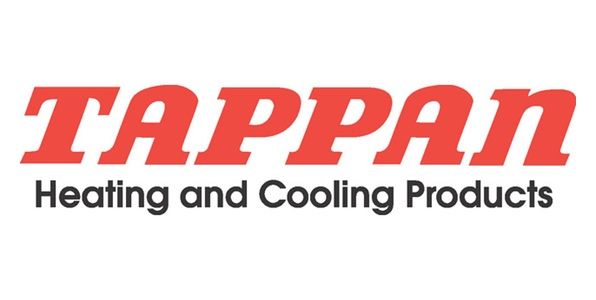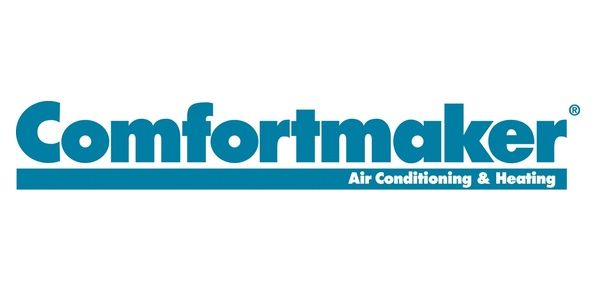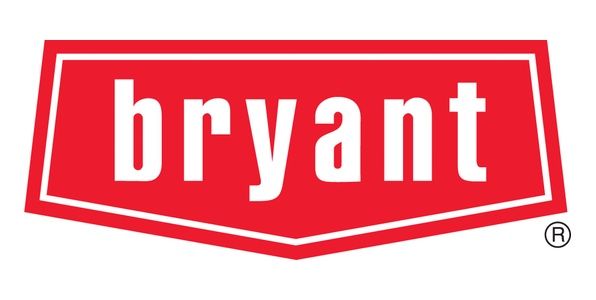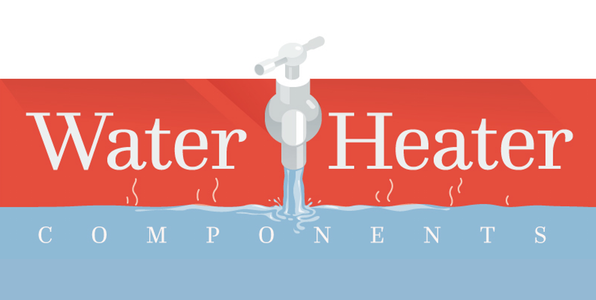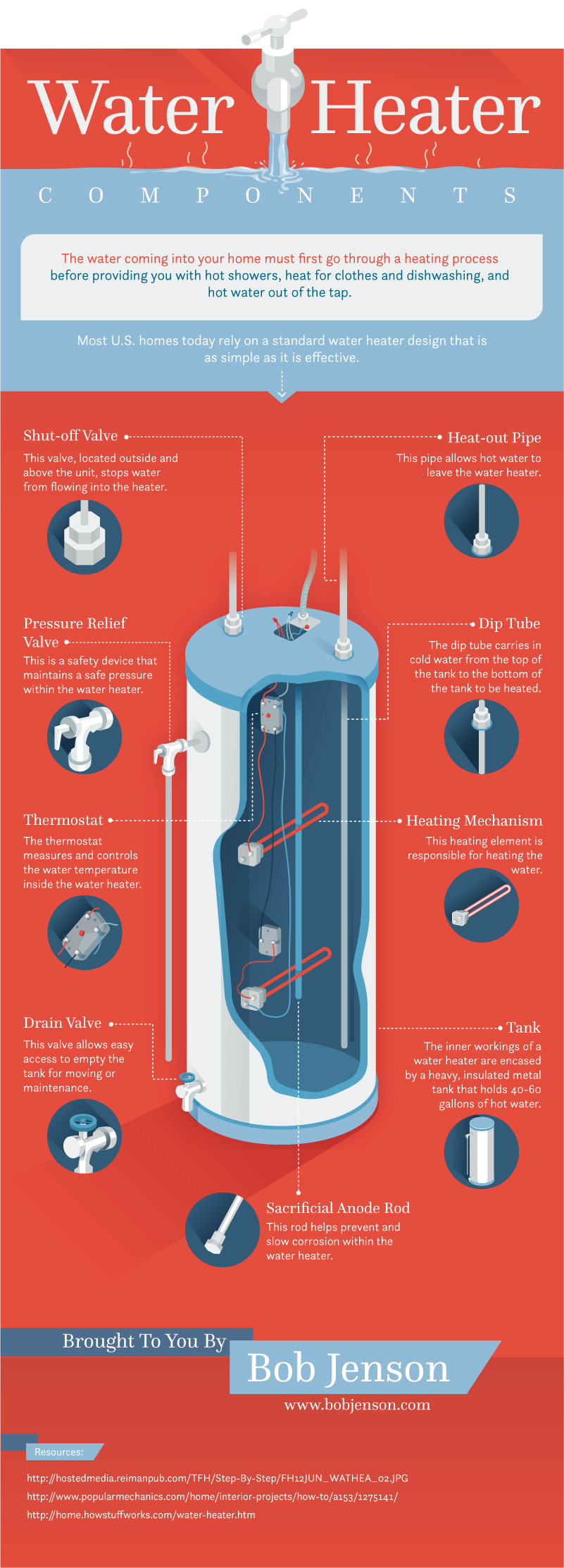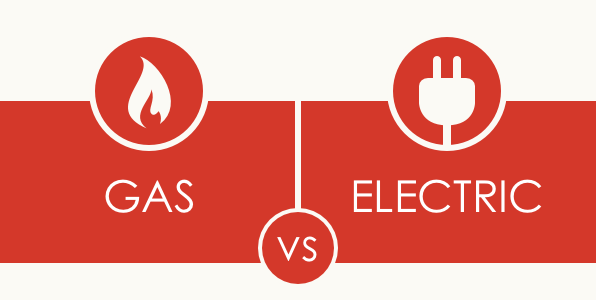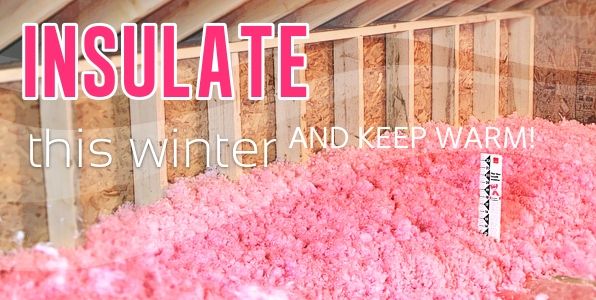Brand Highlight: Tappan
The History of Tappan
You may take it for granted, and most days you likely don’t even notice it; but there are few things more important to your comfort than having efficient, reliable temperature control at home.
From air conditioning that works silently to refresh the hot, humid air in your space, to furnaces and heat pumps that keep your rooms warm during winter — the right temperatures keep us happy and healthy.
For the environmentally conscious and budget-minded consumer, Tappan Heating and Cooling products provide the extra boost their customers need in terms of innovation, creativity, and durability. Driven by a desire to pursue the most energy-efficient, environmentally friendly, and trustworthy temperature control products on the market, Tappan has earned a reputation for providing complete peace of mind.
The Tappan company was initially founded in 1881 by W.J. Tappan. It was originally called the “Ohio Foundry Company,” and Mr. Tappan’s company distributed cast-iron stoves from door-to-door — ensuring homeowners could cook hot, healthy meals for their families. A few years later, after moving from Bellaire, to Mansfield, Ohio, the company went through a rebranding and settled on the name “Tappan Stove Company.”
Tappan’s insight and innovation decades ago helped shape the world we know today. During the World Wars, the company was responsible for providing cooking equipment to the armed forces of the U.S. By 1955, they had come up with a revolutionary new method for cooking: the microwave. Only five years later, Tappan invented the system for electronic ignition in stoves — irrevocably changing the world of modern convenience.
Over more than a century, the innovative, imaginative, and durable Tappan products have truly defined this brand. Today, the company continues to offer the same attention-to-detail in each of its products, from clever solutions for indoor air quality problems, to air conditioners built for efficiency.
Tappan Products
The Tappan brand offers a wide collection of home comfort products, designed for comprehensive climate control. Easy to maintain and inherently durable, Tappan has something for every home, including:
- Air Conditioning — Capable of up to 25.5 SEER ratings.
- Heat Pumps — Available with up to 19 SEER.
- Air Handlers and Coils — Designed for long-standing durability.
- Furnaces — Capable of up to 97% AFUE ratings.
- Indoor Air Quality Systems — Everything from UV light purifiers to full home comfort products.
- Thermostats — Programmable to your specifications.
- Zoning Control Systems — Available for multi-zone home comfort.
Each product in their line uses the highest possible quality standards, though the most interesting products may be in the “Tappan Green Collection.” Using the latest technology for efficiency and energy performance, Tappan Green gas furnaces produce up to 97% AFUE ratings, with whisper-quiet motors. Tappan’s high-performing air conditioners can achieve up to 25.5 SEER ratings, with sound levels as low as 59 decibels. The green collection includes:
- Ecologic products — Compatible with the latest smart control systems.
- iSEER products — Created to boost cooling efficiency, provide greater humidity control, and more.
- iHybrid products — A heating and cooling packaged system that features high efficiency for lower prices.
- The iQ Drive — Designed to save users money on their energy bills by only using the “right” amount of energy at any given moment.
Why Choose Tappan?
Perhaps one of the biggest selling points of the Tappan brand is the ability to access energy-efficient new technology. Tappan takes its devotion to quality a step further, by ensuring long-lasting durability in each product. In 2014, the company received a “Dealer Design” award, and was voted as the top choice by a consumer magazine for premium heat pumps.
Tappan is the only brand in the industry to use the “Demand Flow Technology” process to stringently test each product for optimum performance. Each air conditioner endures around 144 tests, while gas furnaces receive around 234 checks. Not only does this examination work to offer customers peace of mind, but it also gives Tappan the confidence required to offer their “Tough Quality Pledge” and long-term warranty.
Every Tappan product offers a ten-year warranty on all parts. The 10-year Tappan Tough Quality Pledge also dictates that if the heat exchanger or compressor in a product fails within a decade of purchase, the product will be completely replaced.
